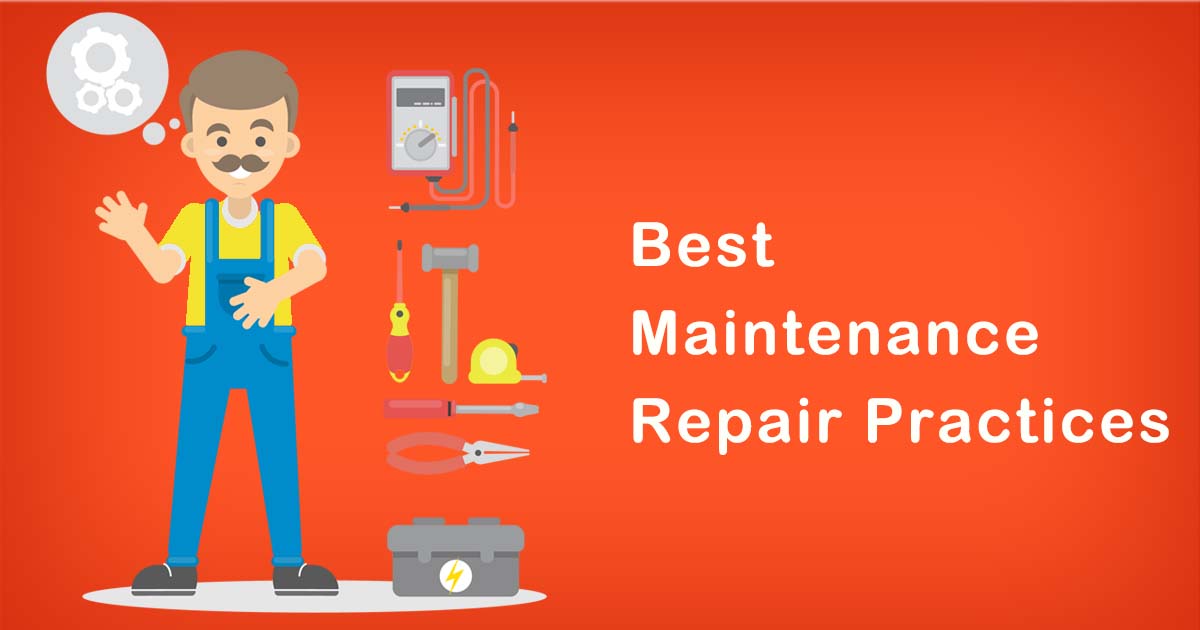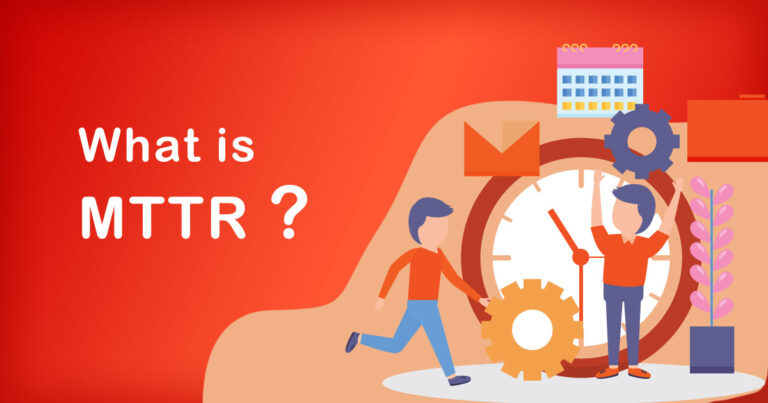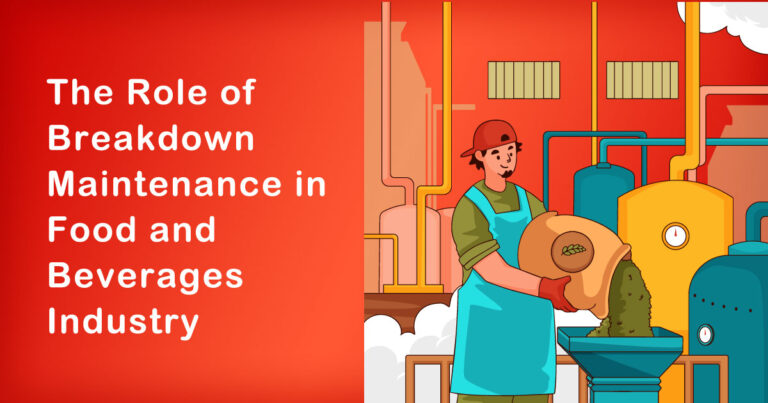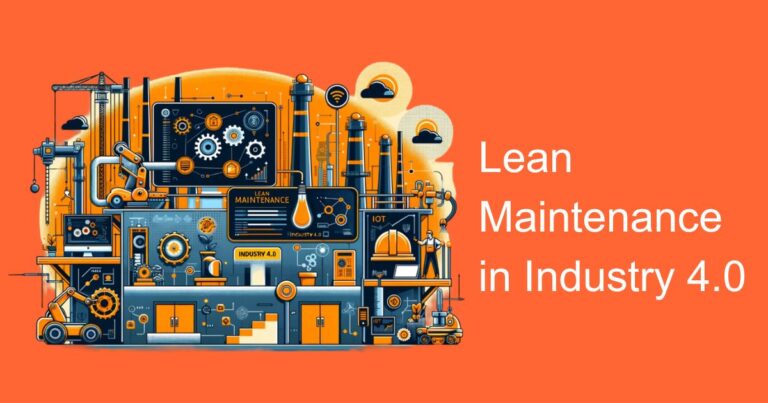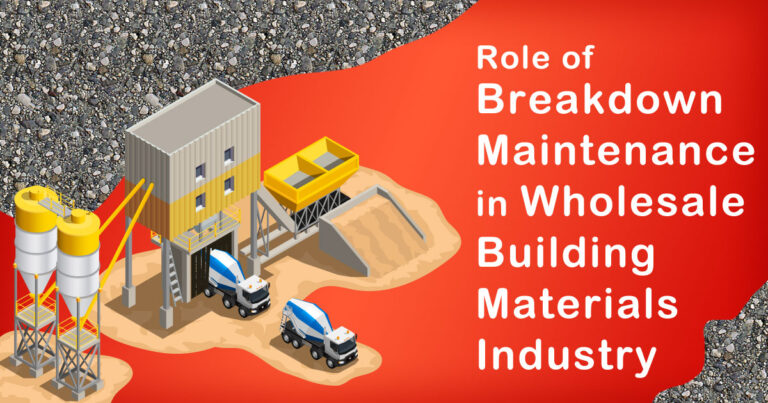Maintenance repair practices are crucial for any organization that aims to operate efficiently and effectively. Proper maintenance and repair practices can help reduce downtime, increase the lifespan of equipment and machinery, and ultimately increase productivity and profitability. In the Indian context, where industries are facing significant challenges related to infrastructure and technological advancements, it is essential to implement best maintenance repair practices to stay competitive.
This article aims to provide a comprehensive overview of what the best maintenance repair practices are, why they are essential, and how they can be implemented in an Indian context.
What are Best Maintenance Repair Practices?
Best maintenance repair practices are a set of guidelines, procedures, and techniques that aim to ensure that equipment and machinery are kept in optimal working condition. These practices are designed to minimize downtime, extend the lifespan of equipment and machinery, and ensure that they operate efficiently and effectively.
Best maintenance repair practices typically involve regular inspections, preventative maintenance, and timely repairs. They also include using the right tools and equipment, following safety protocols, and ensuring that staff are adequately trained and knowledgeable.
Why are Best Maintenance Repair Practices Important?
Implementing best maintenance repair practices is critical for several reasons. Firstly, it helps organizations reduce downtime, which can be costly both in terms of lost productivity and repair costs. Secondly, it helps extend the lifespan of equipment and machinery, reducing the need for costly replacements. Finally, it helps ensure that equipment and machinery operate efficiently, reducing energy consumption and minimizing the organization’s environmental footprint.
In an Indian context, where industries are facing challenges related to aging infrastructure and a lack of technological advancements, implementing best maintenance repair practices is critical. It can help organizations stay competitive by minimizing downtime and increasing productivity.
Research and Facts:
According to a report published by the Confederation of Indian Industry (CII), India’s manufacturing sector could save up to 20% on maintenance costs by implementing best maintenance repair practices. The report highlighted that Indian industries are lagging in terms of maintenance practices compared to their counterparts in developed countries.
Another study conducted by the Indian Institute of Technology (IIT) Delhi found that implementing best maintenance repair practices could result in a 15-20% reduction in maintenance costs and a 5-10% increase in productivity for Indian industries.
These studies highlight the significant potential benefits of implementing best maintenance repair practices in the Indian context.
Implementing Best Maintenance Repair Practices:
Implementing best maintenance repair practices involves several steps. Firstly, it is essential to conduct a comprehensive assessment of existing maintenance practices and identify areas for improvement. This could involve conducting regular inspections, analyzing maintenance data, and identifying equipment and machinery that require the most attention.
Secondly, it is crucial to develop a maintenance plan that includes preventative maintenance, regular inspections, and timely repairs. This plan should be based on equipment and machinery needs, industry standards, and manufacturer recommendations.
Thirdly, it is essential to ensure that staff are adequately trained and knowledgeable in maintenance and repair practices. This could involve providing regular training sessions, encouraging staff to participate in industry conferences and seminars, and ensuring that staff have access to the right tools and equipment.
Finally, it is essential to monitor and evaluate maintenance practices regularly to identify areas for improvement and ensure that the maintenance plan is effective.
Conclusion:
Implementing best maintenance repair practices is critical for any organization that aims to operate efficiently and effectively. In an Indian context, where industries are facing significant challenges related to infrastructure and technological advancements, implementing these practices is even more critical. By reducing downtime, extending the lifespan of equipment and machinery, and ensuring that they operate efficiently and effectively, organizations can increase productivity and profitability. With proper assessment, planning, training, and evaluation, organizations in India can successfully implement best maintenance repair practices and stay competitive in today’s fast-paced market.


